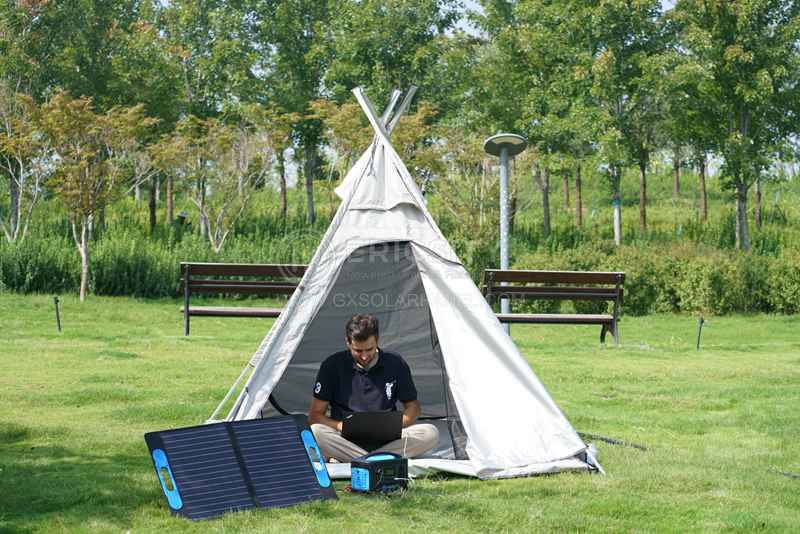HOT PRODUCT
Product Details
Efficiency Meets Compact Design: How Slim Flexible Panels Generate Power
Efficiency Meets Compact Design: How Slim Flexible Panels Generate Power
In today’s rapidly advancing technological landscape, there is an increasing demand for efficient and compact devices that can generate power on the go. One solution gaining popularity is the use of slim flexible panels. These advanced solar panels are revolutionizing the way we harness renewable energy, offering numerous benefits over traditional bulky panels. In this article, we will explore the concept of slim flexible panels and delve into their efficiency and compact design.
Slim flexible panels, also known as thin-film solar panels, are a relatively new and exciting development in the field of solar energy. Traditional solar panels are made up of rigid silicon-based cells that are heavy, inflexible, and require bulky supporting structures. In contrast, slim flexible panels are made of lightweight materials such as polymers or metal foils, which can be rolled or bent to conform to various surfaces. This flexibility allows for easy integration into a wide range of applications, including wearable technology, portable electronics, and even curved surfaces like car roofs or boat sails.


One key advantage of slim flexible panels is their high efficiency. While they may not initially match the efficiency levels of traditional silicon-based panels, continuous improvements in technology have significantly increased their conversion efficiency. The latest generation of thin-film solar cells can achieve efficiencies of up to 20% and are constantly being refined to maximize their power output. Additionally, their ability to produce electricity even in low-light conditions makes them highly adaptable to different environments.
The compact design of slim flexible panels opens up a plethora of possibilities that were previously unfeasible with traditional solar panels. Their lightweight and thin nature make them easy to transport and install, allowing for greater flexibility in terms of placement and usage. For example, these panels can be easily integrated into the fabric of backpacks, providing a portable charging solution for hikers or outdoor enthusiasts. They can also be attached to the exterior of buildings, turning them into efficient power generators without compromising their aesthetic appeal.
Furthermore, the compactness of slim flexible panels makes them an ideal choice for applications where space is limited or unconventional. In urban environments where rooftop space is at a premium, these panels can be installed on window panes, providing a seamless and aesthetically pleasing energy solution. They can also be used in remote areas where traditional power infrastructure is lacking, powering small-scale devices and helping bridge the energy gap for underprivileged communities.

Apart from their practical advantages, slim flexible panels offer environmental benefits as well. By harnessing solar energy, they facilitate the generation of clean and sustainable power, reducing reliance on fossil fuels and combating climate change. Their production process is also more environmentally friendly compared to traditional solar panels as it involves lower energy consumption and uses fewer materials. This, in turn, makes them a more sustainable choice for those conscious of their carbon footprint.
In conclusion, slim flexible panels have emerged as a perfect marriage between efficiency and compact design. With their high efficiency levels and ability to adapt to various surfaces, they are a powerful tool for generating renewable energy in a wide range of applications. Their lightweight and thin construction allow for easy integration and installation, enabling power generation in unconventional spaces. As technology continues to advance, it is clear that slim flexible panels will play an increasingly significant role in meeting our energy needs while reducing our impact on the environment.




